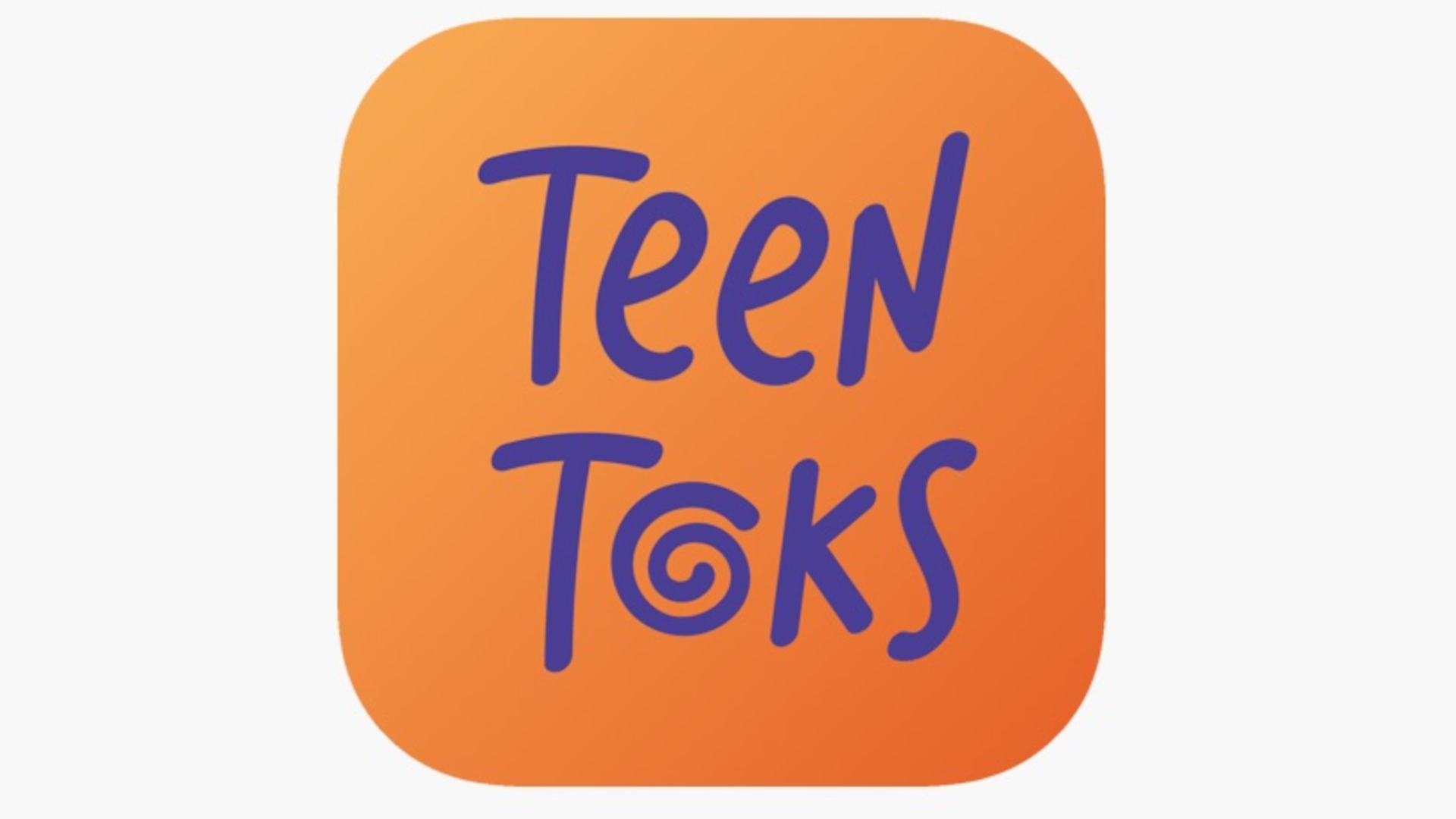Changing- Shifting a School Culture- Train of Thought by Silvia Rosenthal Tolisano

Cross posted on Langwitches Blog
Lately my thoughts and efforts are shifting from figuring out how to get educators familiar and comfortable enough to use technology as just another teaching tool to how to change or facilitate a shift of a school’s culture into a learning community.
I invite you to jump on and take a ride on my Train of Thought, which is defined on Wikipedia as:
The train of thought refers to the interconnection in the sequence of ideas expressed during a connected discourse or thought, as well as to the sequence itself, especially in discussion how this sequence leads from one idea to another.
I am hearing, reading and thinking more and more about the change (or shift) we so desperately are trying to inspire in our schools. That change does not seem to come from “whether we integrate technology or not”. It goes much deeper. Back in March, I cautiously wrote a post “Take the Technology out of the Equation“.
I know that I am NOT the only one, who is re-thinking and re-evaluating what we, as educators who believe in the power of 21st century skills, literacies and web 2.0 tools, feel is the right path to bring CHANGE to our schools. I am coming across more and more blog posts and tweets that are re-enforcing my thoughts that we might have been approaching the evocation of change from a wrong angle.
Take a look at some of these blog posts that have the common thread “The change is not about Technology”:
Tools and ideas to transform education. Sign up below.
- Letting go by Alec Curousa
- Marco Torres: Focus on the Verbs by Martha Thornburgh
- If “It’s not about the technology.” Then What is it About? by Heidi Gable.
Gable uses a powerful analogy when she compares playing basketball barefoot with teaching without technology. You COULD play without shoes, but why would you want to, when there is a tool that would allow you to grow, expand, soar higher and further than without it? The sport of Basketball is NOT about the shoes… Teaching and learning is not about technology!
In her post Heidi writes:
Because a tool is there that helps them play better - shoes give them support, protect their feet, give them better grip, help them run faster. No one’s saying “it’s not about the shoes, so we shouldn’t even TRY to wear shoes.” [...]
AND computers can support learners, open doors to a world of possibilities and learning opportunities and global thinking. They can provide a chance for every child to learn their own way and construct their own knowledge. They can facilitate conversations with other people and other children around the world. They can knock down the isolation of a classroom’s four walls and invite in the voices, experience and passion of the entire planet. They can engage a bored, disengaged student - whether because they’ve already learned the current topic and they can explore it to a deeper level, or because they don’t get it and they can find another perspective, application or explanation of that topic from another source.
For the past two year, I have been making available /showing/modeling/supporting/familiarizing faculty and administrators with/through technology :
- Hardware such as Smartboards, digital cameras, flip cameras, document cameras, AlphaSmart Neos, scanners, etc.
- Software tools for productivity, digital storytelling, social networking and collaboration
- tools that support multiple learning styles and reinforce skills taught in the classroom
- planned with teachers to connect new ideas with THEIR existing curriculum
- generated ideas and projects that engaged their students and exposed them to global awareness and different media
- offered professional development in a small /large group, 1:1, just-in-time and just-in-case settings
- made How-to guides available as a hard copy handout, in digital form, as visuals and in different kinds of media
- supported and co-taught in a lab and classroom environment
- took the groundwork and often tedious “tech part” such as editing, converting, uploading, digitizing, etc out of classroom projects for teachers
- connected them to educators and experts from around the world
Did the approach/ effort pay off? Has the school culture changed? Are teachers less resistant, less “afraid” of technology, more convinced (understanding) that change in the educational system is not optional?
David Truss wrote two fascinating posts (Part I & Part 2) about “The Fourth Way of Change” an article written by Andrew Hargraves and Dennis Shirley. According to the Forth Way of Change, there are:
- Pillars of Purpose
- Principle of Professionalism
- Catalysts of Coherence
Not the Knowing, but the Process of Inquiry. Not covering the curriculum, but ‘uncovering’ the curriculum. A focus in innovation and creativity… how do we model this… every day?
David responds:
We model this by creating meaningful learning communities based on professional inquiry and by giving those learning communities the time and resources to make things happen.
Creating meaningful learning communities for teachers…mmmhhh… so they can grow as professionals and in turn model being a learner and the creator of a learning community for their students….
Will Richardson is also reflecting along the same path on his post Wanted: School Chief Learning Officer. He highlights the importance of emphasizing the process of learning not the outcome.
I wondered how many schools could point to someone, anyone, who is in charge of learning. By that I mean someone who manages the culture of the school by focusing not on outcomes as much as how learning is writ large in the system. Someone who also understands the ways in which social Web technologies accentuate the need for the learning skills we’ve desired all along: creativity, critical thinking, independent thought, collaboration, etc.
So far, my train of thought has taken me by the following stations:
- It is not about Technology
- Professionalism
- Learning
What if we are dealings with the issue of learning that is two levels deep? Each level, of course, bringing their own sublevels and issues)?
What if there are two levels?
- Teachers need to shift to teach, so students are actually learning
- not to the test
- not to get a grade
- not to recite facts
- learning to learn
- higher level thinking skills
- Teachers need to shift and recognize that learning has changed
- changed from the way they have learned in the past
- the brain is wired differently for students of today
- the skills and demands of a future we don't know how it will look like
What is your train of thought?
